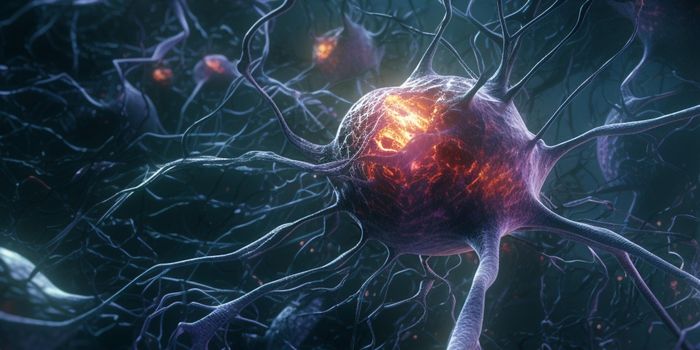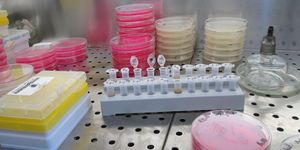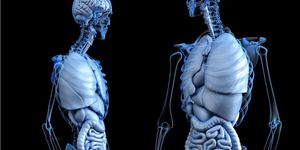Restoring Hearing by Editing Only One Base of a Gene
Errors in genes can cause serious diseases. Some of those errors are large, while others are due to a change in only one letter or base of a gene's sequence. Scientists have taken aim at these single-base pair changes, and developed a gene editor that works by simply switching one base to another. Researchers have now applied this editor to repair a mutation in a gene called Tmc1, which is a known cause of hereditary deafness. This work, which was reported in Science Translational Medicine, is also the first example of gene editing that repairs a recessive instead of a dominant mutation.
"Most genetic diseases are not caused by dominant mutations, they're caused by recessive ones, including most genetic hearing losses," said David R. Liu, Thomas Dudley Cabot Professor of the Natural Sciences and a member of the Broad Institute and the Howard Hughes Medical Institute.
Dominant mutations are those in which only one of the body's two copies of a gene is mutated, and that mutated form dominates the normal one and causes a disease. If the mutant copy can be removed or silenced through gene therapy, the normal copy can then step in and perform the gene's function.
"But for recessive diseases," Liu said, "you can't do that. By definition, the recessive allele means that you have two bad copies. So, you can't just destroy the bad copy." One or both of the bad copies has to be repaired.
Study co-author Wei Hsi (Ariel) Yeh, who was inspired to pursue this work after a friend inexplicably went deaf, spent years creating an editor that could identify the erroneous base and fix it. But once it was made, it was too big to fit into the delivery system that would carry it to the genome, and it had to be broken in two. However, the technique worked efficiently, and there were few instances of unintended edits.
"We saw very little evidence of off-target editing," Liu said. "And we noticed that the edited animals had much-preserved hair cell morphology and signal transduction, meaning the hair cells, the critical cells that convert sound waves to neuronal signals appeared more normal and behaved more normally."
More work will be needed before this is proven to be a safe and effective treatment for humans, but the researchers want to prove its efficacy not only for deafness due to recessive Tmc1 mutations. It may be useful in helping patients with progeria or sickle cell anemia.
"We're actually going after quite a few genetic diseases now, including some prominent ones that have caused a lot of suffering and energized pretty passionate communities of patients and patient families to do anything to find a treatment," Liu said. "For progeria, there's no cure. The best treatments extend a child's average lifespan from about 14 to 14.5 years."
Sources: AAAS/Eurekalert! via Boston Children's Hospital, Harvard University, Science Translational Medicine









